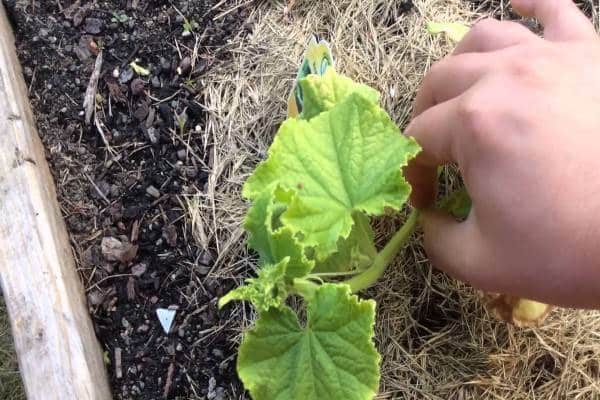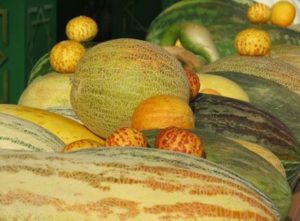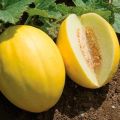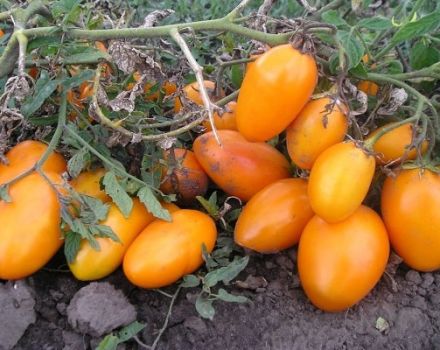How to properly form a melon in the open field and in a greenhouse, do you need to pinch
Melon is grown outdoors, in greenhouses and greenhouse shelters. Should you pinch a melon? This question interests many summer residents. Melon formation is a necessary process with which it will be possible to get a rich harvest in the fall. Pinching a crop depends on the timing and methods of planting seeds.
Melon cultivation methods
Melon formation in the open field depends on the way the crop is grown. There are two main landing methods - vertical and horizontal.
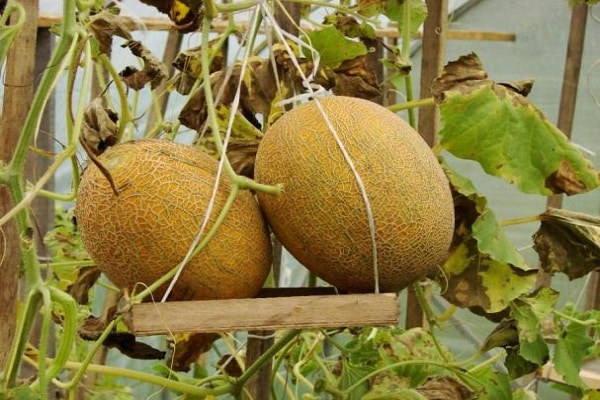
In the vertical method, the bushes are tied to trellises so that the fruits do not lie on the ground. The horizontal method is that the bushes are pounded in the garden and the stems are not tied to the support. When using the second method, it is important at the stage of fruit formation to prevent contact between the fruit and the soil. If this happens, then air circulation is disrupted and the fruits begin to rot.
One of the most common varieties for growing is considered melon collective farmer... It is grown in several ways:
- In open ground.
- In greenhouse shelters.
- In greenhouse conditions.
Due to the fact that the weight of the fruit does not exceed 2 kg, the variety is very convenient to grow using the vertical method, which prevents the crop from rotting.
Regular fertilization will help avoid pests and diseases.
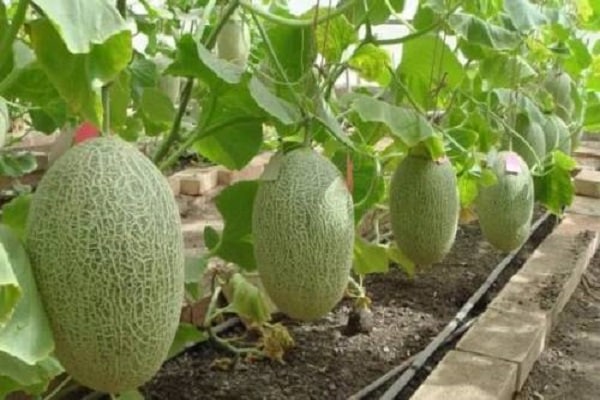
What does a melon dislike?
Grow melons recommended after studying information about what the culture does not like and from which it begins to die.
What culture doesn't like:
- Stale and humid air. This problem is often encountered when growing crops in a greenhouse. To prevent this, the greenhouse is regularly ventilated. The main thing is not to allow a draft or a cold wind to blow in the greenhouse.
- Use cold water for irrigation. Cold water negatively affects any plant. Because of it, fungal diseases develop and the root system begins to rot.
- It is not advisable to plant the plant on acidic and slightly acidic soils. Such soil prevents air circulation in the ground and negatively affects the growth of the root system.
- Application of concentrated fertilizers to the ground. This is especially true for fresh manure. It can burn the rhizome.
Melon diseases and pests cause serious damage to yields. The rest of the culture is unpretentious and does not need special growing conditions.
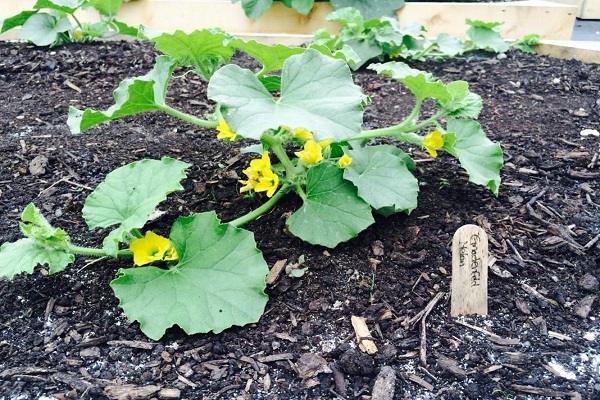
The value of pinching for yield
Melon formation when growing seedlings in the open field is important for further yield. The main role here is played by pinching the growth points of the bush. It is not recommended to skip this agricultural technique. The main shoots are left, and the rest is cut off. On the main shoot, the growth point is pinched, which is why lateral shoots are formed.
It is on the lateral shoots that the ovaries are formed, and later the fruits. After such a procedure, all the nutrients do not go to the leaves and stems, but directly to the fruits and they ripen a week earlier. Melons become much larger and sweeter in taste. The main thing is that after pinching, several lateral shoots are formed. If you do not cut off the top of the main stem, then on such plants, fruits may not form at all.
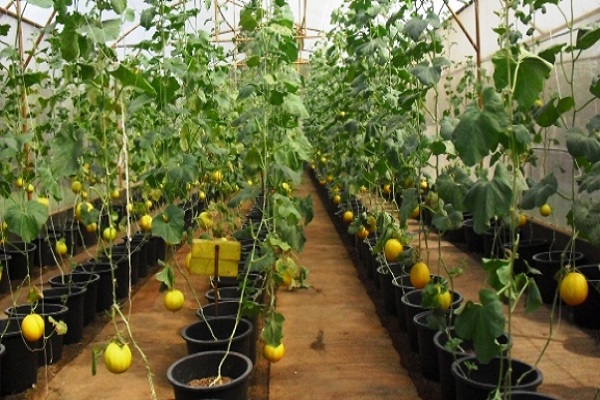
Pinching seedlings
Proper pruning of the melon is done when the shoots are still very small. The formation of melons, including melons, begins when 4–5 true leaves are formed on the seedlings. After this procedure, the main shoot grows in the axils of the main leaf, and lateral shoots grow in the axils of the lower leaves, on which most of the ovaries are formed. The further formation of the plant depends on which method of growing the agricultural crop was chosen.
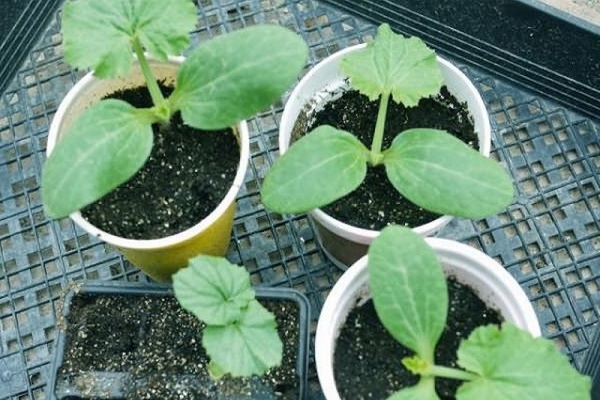
Pinching when growing melons vertically in a greenhouse
It is not difficult to pinch a melon when grown vertically if you follow a number of necessary conditions. For cultivation in greenhouse conditions with vertical cultivation, the side shoots are traditionally cut and the main stem is left. The second pruning is done when the main stem reaches the top of the frame (about 2 meters).
When grown vertically, lateral shoots are pinched over 4–5 leaves. If there are no ovaries on the lateral shoots, they are removed. Even if there are several ovaries, the stems are still cut off.
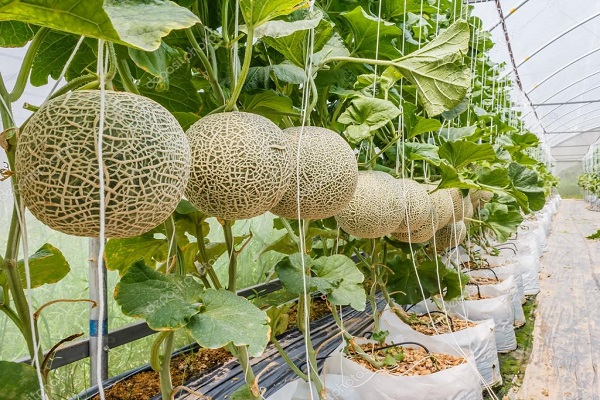
When cultivating crops using the vertical method, the stems are tied to trellises, and the fruits are placed in nets. The net should be strong so that it does not break under the weight of the fruit, and they do not come into contact with the ground.
When grown in greenhouse conditions, there is a problem with pollination. In order to avoid this, hives with bees are placed in greenhouses or the inflorescences are manually pollinated. The lack of pollination on the yield will have a negative effect than the lack of pinching.

Pinching when growing a melon horizontally in a spread
In the open field, the formation of a melon bush with horizontal cultivation has its own characteristics. This method is preferable in the open field, since its use in a greenhouse is irrational due to the required area and the appearance of diseases.
When cultivating a crop in a spread of three shoots that have grown after the first pinch, only two of the strongest are left. You need to pinch them after the formation of 4-6 leaves.

The third pinching is done as follows:
- All weak and non-fruiting shoots are cut off.
- On 3-4 with a leaf pinch from the fruit lashes with ovaries.
- The cutting site is lubricated with a dry mixture of coal, lime and sulfur.
When growing melons horizontally, it is important to monitor the condition of the lashes. They must be guided so that they do not obscure the aisles.
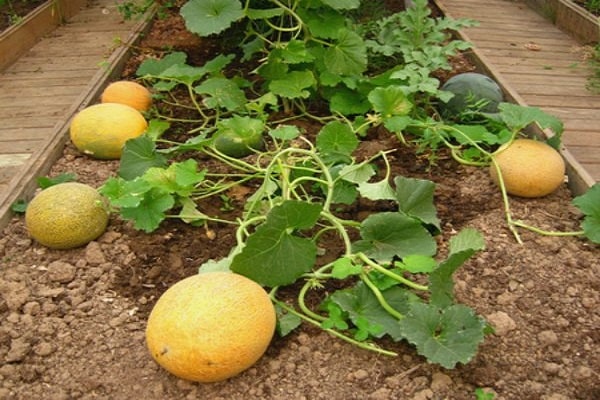
Plucking early and late varieties
The scheme for the formation of melon bushes in the open field depends on the variety of the crop and the ripening period of the fruit. The formation of early maturing varieties can only consist of pinching the central lash and controlling the number of growing ovaries. This is due to the fact that fruits ripen faster and plants need less nutrients.
At least 2 lashes should be left on one melon bush.
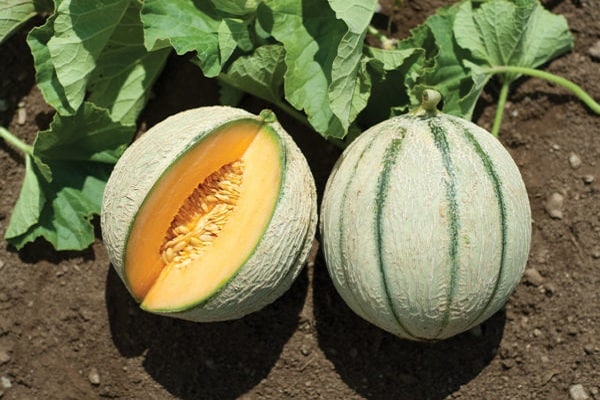
The formation of late varieties is as follows:
- The first pinching is carried out at the seedling stage. It is produced after 4-5 of this leaf.
- The second pinching is carried out after the formation of the 7th leaf. The plant is young and established in the ground. Pinch the stems over the 7th leaf, remove excess inflorescences from the sinuses, leave 3 ovaries on each lash.
This scheme will allow you to properly form the plant and get a rich harvest.
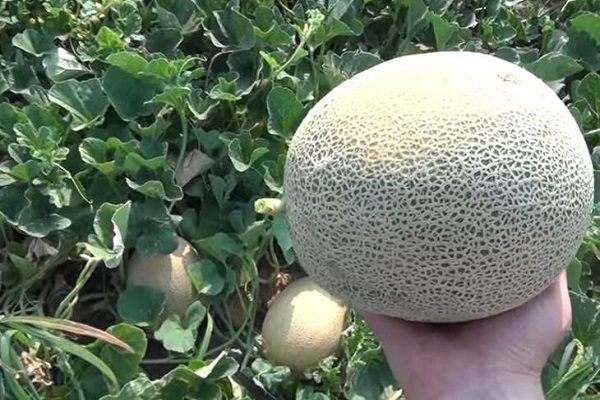
Further formation of bushes
It is not difficult to grow melons, the main thing is to make an effort. Spraying is carried out regularly to prevent the spread of insects.
If the culture is grown vertically, then it is necessary to make strong trellises so that they do not break under the weight of the fruit.
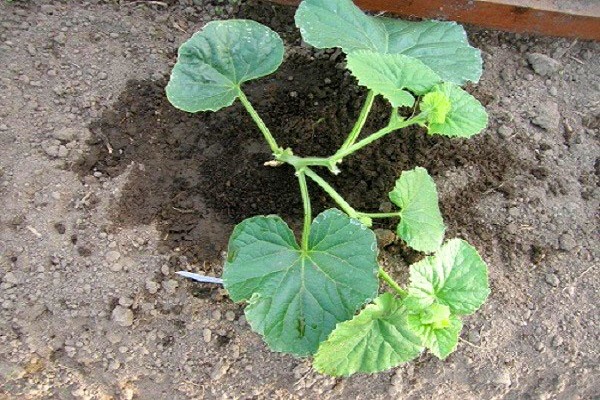
Stealing is an integral part of further formation. The formation of a culture is carried out until the appearance of fruits. In order for melons to be large, lateral shoots and inflorescences are regularly removed, making it possible to ripen already formed fruits. Usually it is 3-4 melons. The less fruit remains on each lash, the larger they will be. New ovaries and shoots draw out nutrients, but this does not have a positive effect on yields, so they must be removed immediately.
Serious mistakes gardeners make when pinching a melon
Pinching a melon is not the easiest procedure as it might seem at first glance. Quite often, gardeners make mistakes that further negatively affect yields.
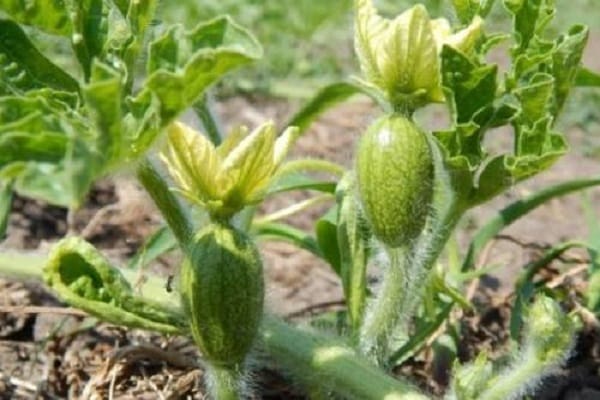
- The most common mistake is pinching a melon like a watermelon. At first glance, it seems that the plants are almost the same and the formation will be similar, but in reality it is not. On a watermelon, unlike a melon, shoots are formed on the main shoot. The melon has only the sides. Therefore, if you remove all the side shoots, there is a risk of being left without a crop at all.
- Pinch only second-order shoots. This error is due to the fact that pinching only the second-order shoots, all nutrients go to the leaves and the main stem. In turn, this prevents the formation of inflorescences and ovaries.
- Growing conditions include planting thinning. No pinching of the stems will help if the plantings are very thickened and the melons do not have enough room for normal growth.
Without making these mistakes, it will be possible to get a rich harvest of melons in the fall.
